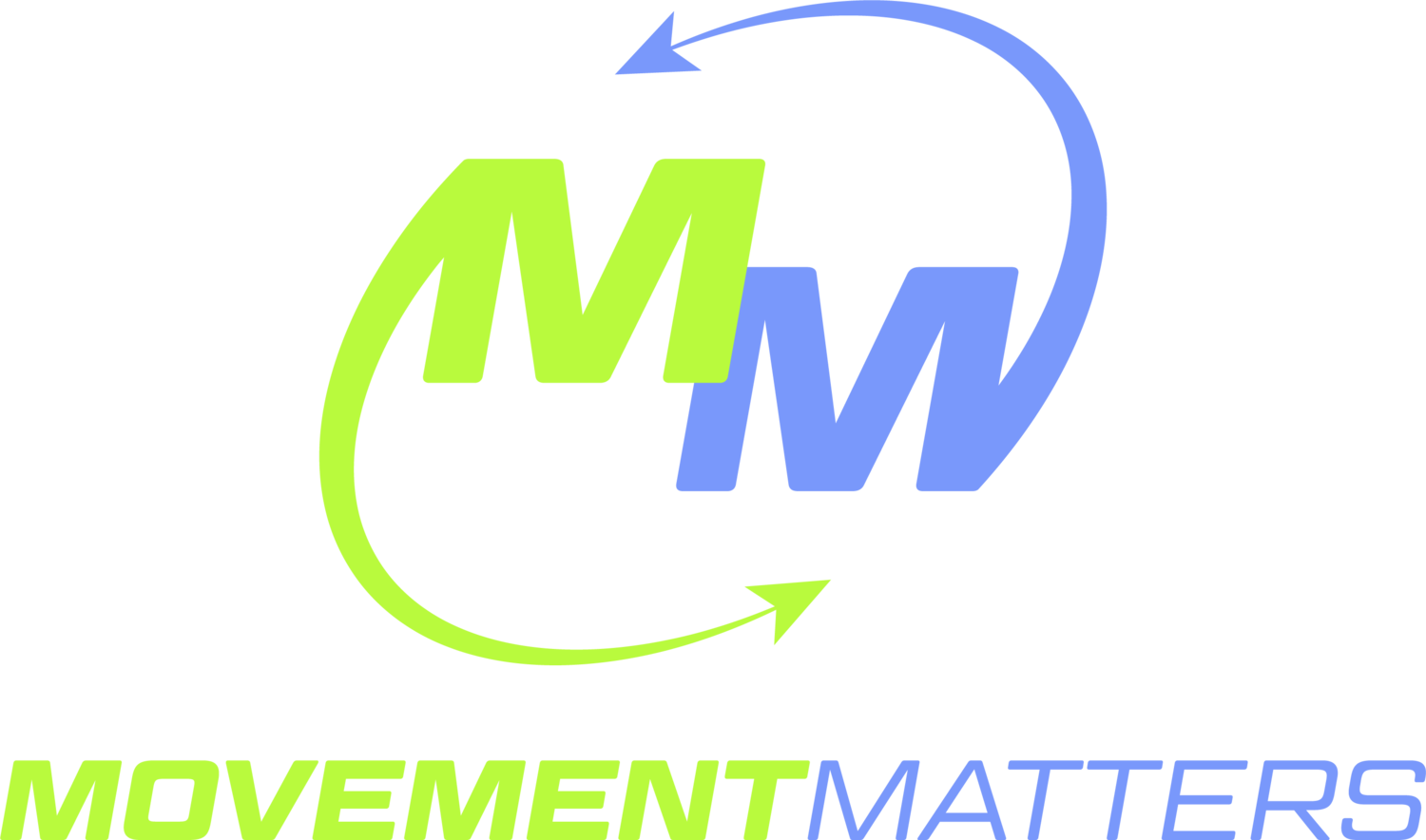Moving Well Matters
A cardiologist in Brazil, DS Araujo, observed that he had patients who could run on the treadmill and ride the bike with ease but found it difficult to put on their socks and to tie their shoes. This made him wonder about the importance of musculoskeletal health and the ability to move well in determining longevity and quality of life. He asked the question, “Does moving well matter?” He devised a simple screening test called the Sit and Rise Test (SRT) that involves transitioning from standing, to sitting cross-legged on the floor, and back to standing again utilizing minimal points of support (i.e. putting down a hand, knee, etc).
Together with his colleagues, he tested 2002 people ages 50-80 then followed up with them in 6.5 years. The test proved to be a strong predictor of mortality from all causes - read that as anything that can kill you. Over 6.5 years, 159 people died (thankfully, none of them during the administration of the test). The subjects who scored low on the test were observed to be 6.5 times more likely to die in that time period than those who scored high. Each point increase in a person’s test score was linked to a 21% reduction in their risk of death from all causes. Ability to sit and rise from the floor as a predictor of all-cause mortality; Brito et al; Eur J Prev Cardiology 2014. It would appear that the answer to the good doctor’s question, “Does moving well matter?” is a resounding yes.
The Sit and Rise Test may not look like much to the casual observer, but from a technical standpoint it provides an excellent, small scope snapshot of some fundamental elements of musculoskeletal health. It demands full functional mobility in the ankles, knees and hips, sufficient strength to lower and raise the body, and full-body core stability/motor control to organize the body and hold it all together as the center of gravity shifts forward and back again. There is a lot going on here! If any of these elements is missing, the SRT becomes very difficult very quickly, and it is easy to see a body compensate and strain to complete the task.
When was the last time it was thoracic spine day at the gym? When was the last time you worked on your end range ankle or hip mobility? When was the last time you focused on stabilizing your thorax over your pelvis? Many key elements of musculoskeletal health are often lost in sedentary positions working and traveling. They are also lacking in the often sparse diversity of movement patterns that can occur in a life. And they are commonly overlooked in gym routines, workout apps, and exercise classes. Moving well matters, and it is worth learning to address all the elements of what it takes to move well.

